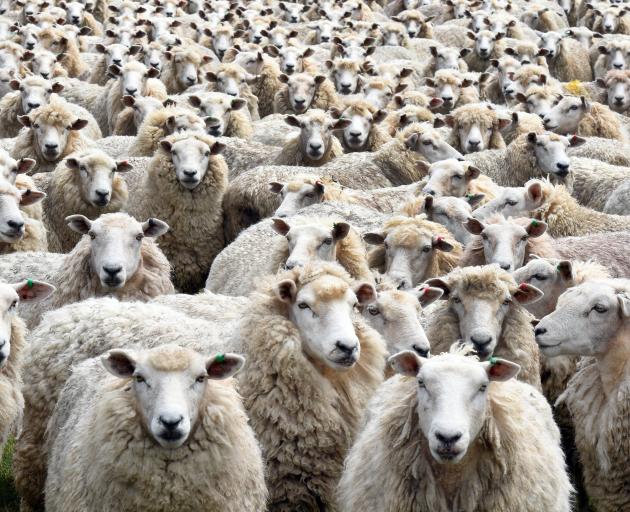
In his report to the province's annual meeting in Alexandra on Thursday, Mr McAtamney said halfbred and fine wool growers had been enjoying "terrific" returns but the crossbred wool price was probably the lowest in real terms ever.
"I know who ultimately will have to pay if the wool industry is to try and progress again. A levy has failed twice to receive 50% support in the last 10 years.
"The proposition would have to be different to get it over the line in a third attempt.
"But I believe that if we still want a wool industry that we can be proud of, we farmers will have to pay for that to happen," he said.

A Wool Working Group was established last year, made up of wool producers, processors and other industry representatives, to work on how to create a more sustainable and profitable sector.
In February, Federated Farmers national meat and wool council voted to support a compulsory levy on producers, but only if the working group came up with a clear, practicable and compelling blueprint for lifting wool's profile and returns.
"If we don't go down this path, we will just have to take whatever we get for our crossbred wool and stop grizzling about it.
"Or there are two other options: either fine up our crossbred ewe flock or begin to breed the wool off our sheep.
"Both are quite compelling options, but both will take up to 10 years of breeding to achieve the desired result. Once you start, you are committed," Mr McAtamney said.
The price per kilogram began to rise quite sharply as the micron shifted into the low 30s and below.
"The money is there now, the trouble being is that it will take several years to get there and how much extra volume the market can absorb is unknown. Because another of our problems is a lack of market insight," he said.
Breeding the wool off sheep was a viable alterative.
If farmers had a flock of shedding sheep now, they would be enjoying the benefits of good meat prices without the labour costs involved with wool, shearing, dagging, flystrike, crutching lambs for meat plant's compliance and the mustering to do those jobs.
However, the breeding process would take time and it would be a couple of generations before those jobs would no longer need to be done.
So the wool costs would remain for some years while having a further diminishing wool income. And if the crossbred wool price did shift dramatically upwards, it would be a long haul back to breed back volume if desired, he said.













